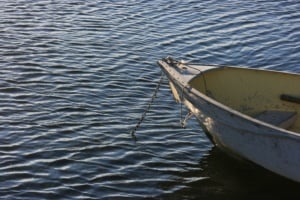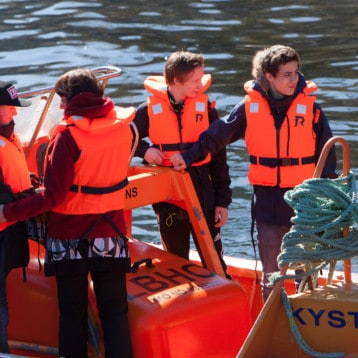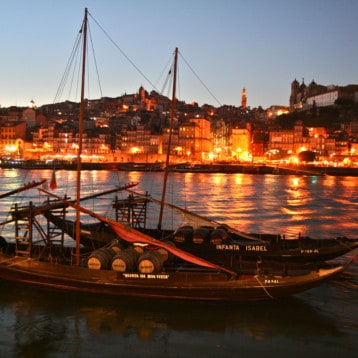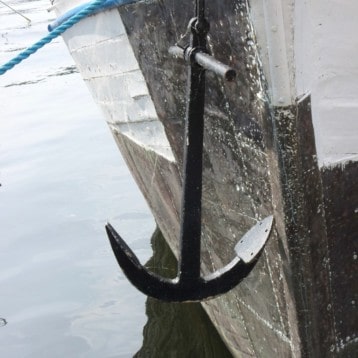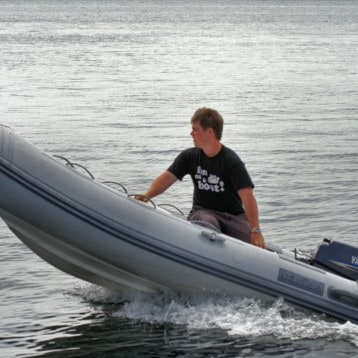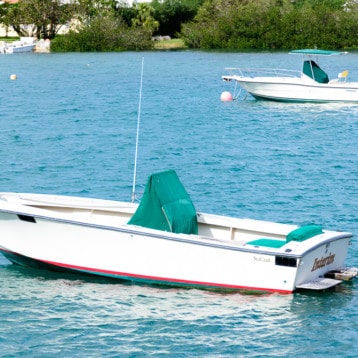Certain activities can force you into some deep waters and in that event, certain precautions must be taken that wouldn’t otherwise be emphasized in shallow reefs. If you are planning on floating above a 300 ft abyss, you’ll need a good grasp on current and wind, a lot of rode, and a means of returning your anchor that involves a machine.
How Deep Can a Boat Anchor?
As boats need an angle to be held by an anchor, the ration of an anchor rode must be the minimum of 3:1. With that boats are anchored at the maximum of 200 feet. For that depth, 600 feet of anchor rode is needed. 300 ft is also possible, but the weight of chain rodes can be too heavy for the boat.
When looking at the amount of rode you’ll need, consider the scope of at least 3:1. For regular sets, a scope of at least 5:1 is recommended, but in deep water it can be shortened. However, in deep water, you cannot have all chain rodes because that would end up being way too heavy for any boat since the rode is extra long. If you’re planning on setting in 300 ft water, make sure your rode is at least 3 times longer if not 5 meaning buy 900 ft of rode. This means the amount of beautiful nylon rope plus the chain must be 900 ft collectively.
Even if you are not looking to fish, buying a fish finder would be very beneficial because it will tell you the bottom sediment you are unable to see. When anchoring in deep water, strive to set in sand or mud. A darker echo return will indicate a rocky bottom while a lighter/shallower return will show sand or mud, where you should aim.
If you are looking for a way to prevent the current from blowing your anchor away from its desired setting spot, look at the type of anchor you are using. A heavier anchor would be required so it can sink more quickly making it less likely to be skewed away from its landing spot. The Danforth fluke anchors are great, and the plow anchors as well, but the claw-style heavy anchors are ranked among the best for deep sets. The best models of this type are the Bruce and Manson Rays because they are known to be very hydrodynamic.
With hundreds of feet of heavy rode, no one can expect to hoist that anchor back up by themselves. With the help of an electric windlass, no one will break their back or damage the side of their boat trying to pull it back to the surface. If you get one, be sure to purchase one that will hold the right size of rode. For example, the Maxwell RC6 12V Windlass take ½ inch rope and ¼ inch chain so make sure those are your measurements before considering that one.
When anchoring in deep water, your scope can be reduced, but so does your weight so do not try to buy all chain rodes. Use a fishfinder to scope out the soft sediment to set in and make sure your anchor is heavy enough to land in the perfect spot without being pushed away by the current. Try to get your hands on a windlass since hundreds of feet of rode are bound to be heavy. Follow all of these guidelines and you will set your anchor in deep water perfectly.

